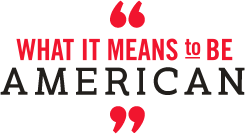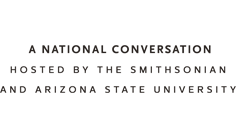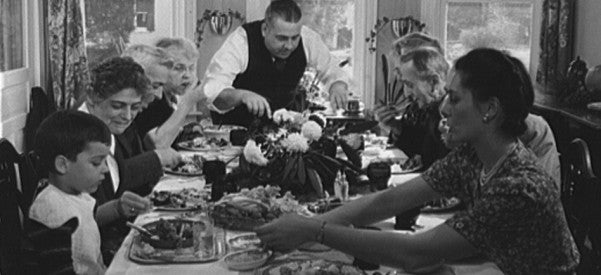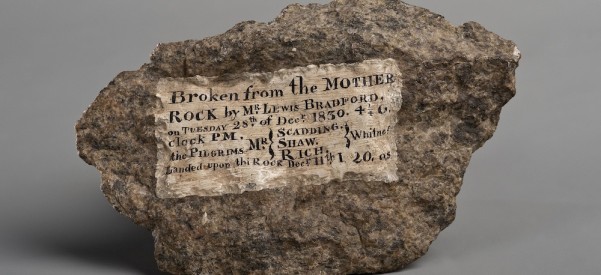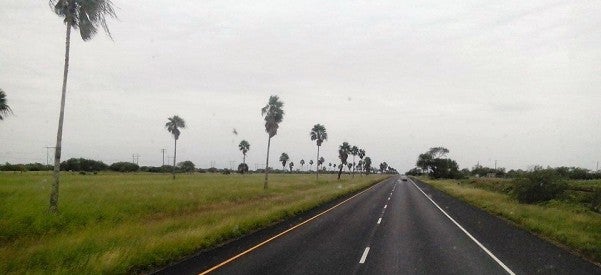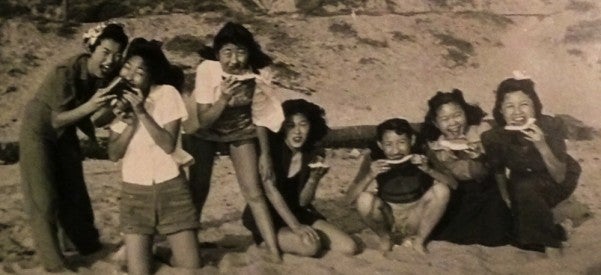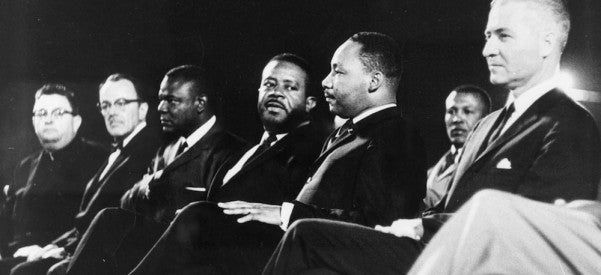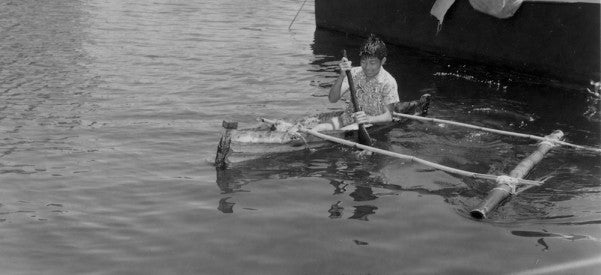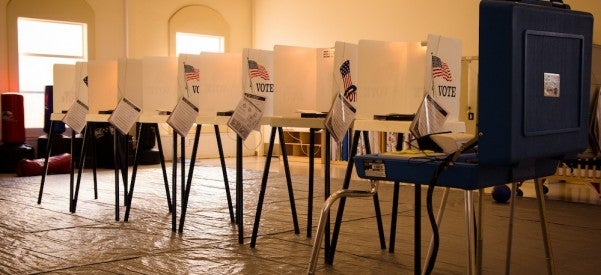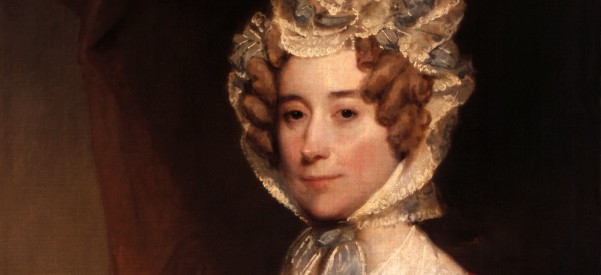What’s the Deal With Canned Cranberry Sauce?
The Pilgrims’ Plates Looked Nothing Like the Holiday Meal We Eat Today
No American holiday conjures up images and memories of food like Thanksgiving. Starting in preschool, most of us learned that Thanksgiving commemorates the moment in 1621 when Pilgrims sat down for a peaceful meal with their Indian friends. They wore funny hats and buckle shoes that are conveniently easy to replicate out of construction paper. They ate turkey, cranberry sauce, pumpkin pie, and stuffing … just like I ate with my family every year in Stanfordville, New York, after watching …
